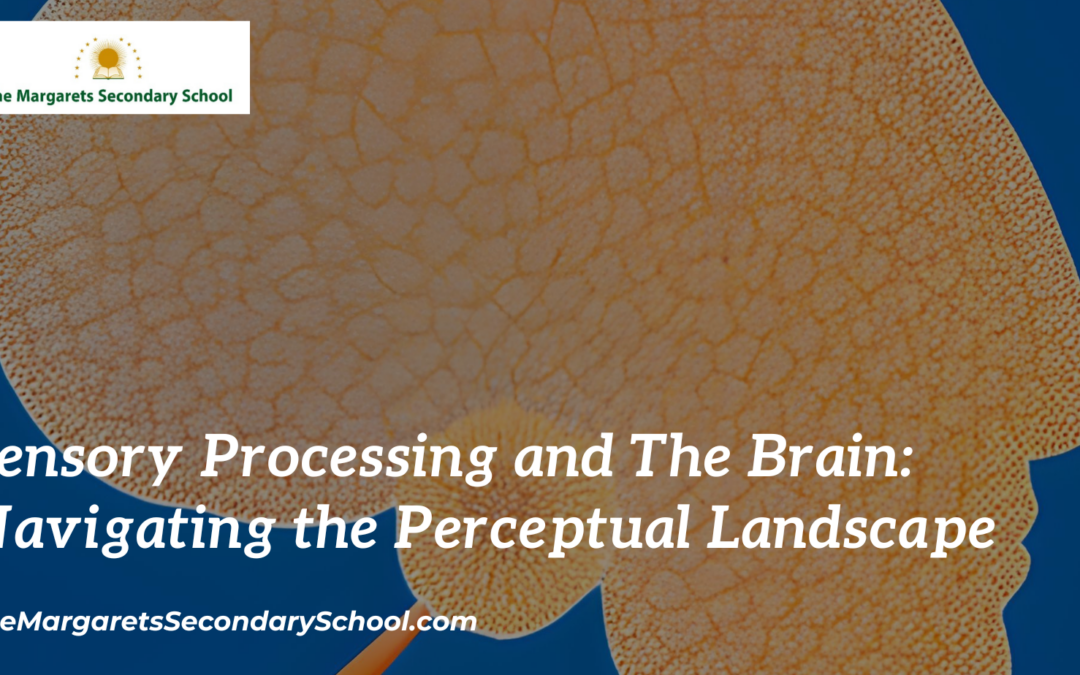Sensory Processing and The Brain
In the intricate dance between the external world and our internal experiences, sensory processing stands as the gateway through which we interact with and understand our surroundings. From the aroma of freshly brewed coffee to the sensation of a gentle breeze on our skin, the brain’s remarkable ability to process sensory information shapes our perceptions and guides our actions. In this article, we delve into the captivating realm of sensory processing and its intricate relationship with the brain, unraveling the mechanisms that enable us to make sense of the world around us.
Sensory Pathways: The Road to Perception
The human body is equipped with a diverse array of sensory receptors that specialize in capturing different types of stimuli, such as light, sound, touch, taste, and smell. These receptors, whether in the eyes, ears, skin, tongue, or nose, act as translators, converting external signals into electrical impulses that the brain can understand.
These electrical signals travel along specific neural pathways, carrying information to dedicated processing centers in the brain. For instance, visual information is relayed through the optic nerve to the visual cortex, while auditory information is directed to the auditory cortex. This highly organized network of pathways ensures that sensory information reaches the appropriate brain regions for further interpretation.
The Brain’s Interpretive Dance: Sensory Cortex
The sensory cortex is where the magic of sensory processing truly unfolds. Divided into different regions, each dedicated to a specific sense, these cortices decode incoming signals to create meaningful perceptions. The somatosensory cortex, for instance, interprets touch and body position, allowing us to distinguish between textures and perceive the nuances of pressure.
Interestingly, the brain has a remarkable capacity to adapt and refine its sensory representations based on experience. This phenomenon, known as neuroplasticity, allows the brain to reorganize itself in response to changes in sensory input. For instance, the brains of musicians or athletes show distinct patterns of neuroplasticity, reflecting the specialized skills and enhanced perceptions that result from intensive training.
Multisensory Integration: The Symphony of Perception
The brain doesn’t process sensory information in isolation; rather, it integrates signals from multiple senses to create a comprehensive perception of the environment. This multisensory integration enables us to form a cohesive picture of the world. When we taste a flavorful dish, our perception is influenced not only by the taste itself but also by the aroma, texture, and even visual presentation of the food.
Perception and Action: The Seamless Connection
Sensory processing is tightly linked to our ability to respond to our environment. The brain not only deciphers sensory information but also uses it to guide our actions. When we catch a ball, for example, our brain processes visual cues, calculates the trajectory, and coordinates the movements required to intercept the ball’s path—all in a matter of milliseconds.
Challenges and Complexities: Sensory Processing Disorders
While sensory processing is a remarkable feat of neural orchestration, it doesn’t always proceed seamlessly. Sensory processing disorders can arise when the brain struggles to interpret or respond to sensory information appropriately. These disorders can manifest in various ways, leading to hypersensitivity, hyposensitivity, or difficulties in multisensory integration. Conditions like autism spectrum disorder often involve atypical sensory processing, shedding light on the intricate links between sensory perception and cognitive development.
Conclusion
Sensory processing is the mind’s masterpiece, an intricate ballet of neurons that allows us to experience and navigate the world. The brain’s ability to transform electrical signals into rich perceptions is a testament to the complexity of the human nervous system. As we unravel the mysteries of sensory processing, we gain insights into the nature of perception, cognition, and the profound ways in which the brain shapes our reality.





